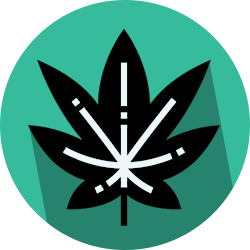Substance-related poisonings and injuries in Canada have received increasing attention in recent years due to emerging public health concerns, such as the opioid overdose crisis, the introduction of synthetic cannabinoids to the illicit market and the emergence of electronic cigarettes/vaping products on the Canadian market. Furthermore, there has been a general increase in substance-related hospitalizations and deaths during the COVID-19 pandemic compared to the same period in 2019.
This data blog presents statistics on poisonings from six select substances, namely alcohol, cannabis, methamphetamine, opioids, cocaine and e-cigarette/vaping products. It is the fourth data blog in a series presenting statistics on substance-related poisonings reported by the Canadian Hospitals Injury Reporting and Prevention Program (CHIRPP), and features a spotlight on cannabis.
CHIRPP is an injury and poisoning sentinel surveillance system currently operating in the emergency departments of 11 pediatric and ten general hospitals across Canada. It collects patients’ accounts of pre-event injury circumstances (“What happened?”), and clinical information is added to the data collection form by hospital staff. CHIRPP captures a more complete picture of the injury event than hospital administrative or mortality data alone, and also identifies less serious injury cases that do not require hospitalization.

To read the complete article, including all relevant data presented, click here: https://health-infobase.canada.ca/datalab/poisonings-surveillance/cannabis.html?utm_source=CSIMS&utm_medium=Email&utm_campaign=launch_substance_poisonings_spotlight_on_cannabis_January_2022_ENG
For more information on the International Academy on the Science and Impact of Cannabis, and to join, please visit www.IASIC1.org.
Visit the IASIC Library here (https://iasic1.org/library/). The IASIC Library is intended as a user-friendly reference of the published medical literature.
